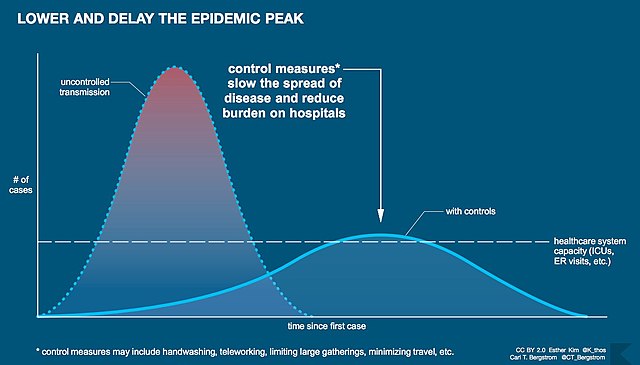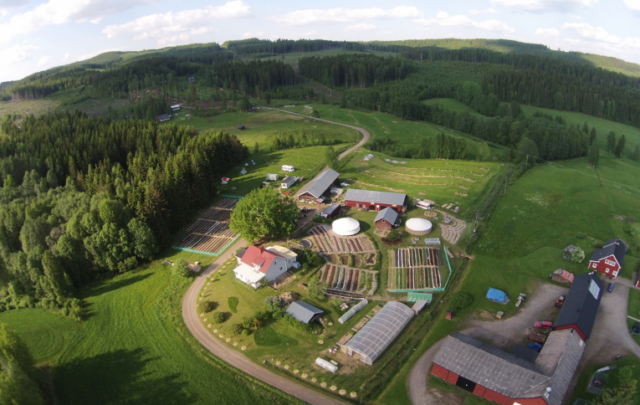Corona virus (COVID-19) has hit our area and will be getting worse over the next several weeks. I prepared this document for Transition Palo Alto.
Below are main points about the disease and online sources for further information. More information is coming out daily.
The New York Times is providing free access to important articles on coronavirus, so even if you aren’t a subscriber, you should be able to see them.
1. Excellent overview of coronavirus and how to deal with it. No jargon or charts. Reassuring without minimizing the dangers.
What do I need to know about the 2019 novel coronavirus?
Lifeology
2. The disease spreads exponentially – which means VERY VERY fast. A month ago, there was one reported case in Santa Clara county. Yesterday there were 79, today over 91. Two deaths so far. Santa Clara county is the hardest hit of any county in California. Adjoining counties are also affected.
Coronavirus: Where is it spreading around the Bay Area?
San Jose Mercury News
3. Anything we can do to slow it down saves lives. Lots of them. Acting RIGHT NOW is many times more effective than acting later. The differences are dramatic.
The explosive spread of coronavirus can be turned to our advantage, two infectious disease experts argue: “But only if we intervene early. That means now.”
The Exponential Power of Now
NY TImes
How Much Worse the Coronavirus Could Get, in Charts
NY Times
Exponential growth and epidemics
(Explanation of the math by 3Blue1Brown on YouTube)
See 7:45 where the video shows the dramatic change (from 105 million cases to 411 thousand if we can just slow down the rate of transmission).
“If people are sufficiently worried, there’s a lot less to worry about.”
4. The disease is probably also carried by infected people who don’t show symptoms. Because such people get around, they can spread the disease even more than obviously sick people. For that reason, everybody is urged to take precautions – even if you don’t feel ill. (This finding is a new development.)
Coronavirus is most contagious before and during the first week of symptoms
Science News.
5. There are different levels of self-isolation. Small groups of friends are relatively safe, extended contact with large groups is not. In the short term, I think it’s a good idea to err on the side of caution.
The Dos and Don’ts of ‘Social Distancing’
Experts weigh in on whether you should cancel your dates, dinner parties, and gym sessions.
The Atlantic
6. These conditions won’t last forever – perhaps 8 weeks according to highly respected Anthony Fauci, head of the US response to coronavirus.
7. Be careful about sources of information. Already I’ve encountered several phoney articles, including one purporting to be from Stanford which gives bogus advice. The Centers for Disease Control (CDC) and mainstream news should be trustworthy. Facebook and Twitter can provide helpful leads, but I would double check them before passing them on.
8. Seek out positive responses based on community. Avoid fear-based headlines, stick with the known facts and look for ways we can come through this experience stronger.
Coronavirus, economic networks, and social fabric
Richard Heinberg at Resilience
What to do when you’re cooped up at home
Brian Kaller at Resilience
Facing COVID-19 With Community Instead of Fear
Lornet Turnbull om YES! Magazine via Resilience
The Politics of the Coronavirus: a lesson from Italy on how to deal with emergencies
Ugo Bardi at Resilience
Thanks to Barbara Weinstein, Catherinie Byers, Mary Odum and many others for their article suggestions.
Graphic: Flatten the curve. Epidemic infographic demonstrates the benefits of slowing transmission. 7 March 2020. By Esther Kim and Carl T. Bergstrom . Wikimedia Commons https://commons.wikimedia.org/wiki/File:Flatten_the_curve_-_coronavirus_disease_2019_epidemic_infographic.jpg





